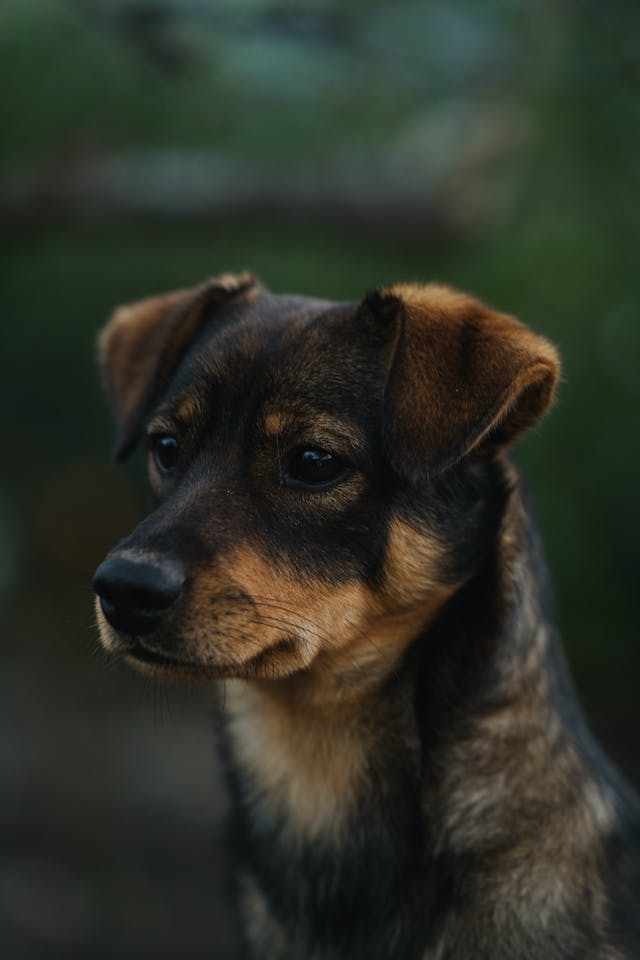Years ago, your pet was an animal that was used for work-related purposes – they guarded the house, they kept intruders away and whatnot but these days, things are different. Our pets are now members of our family, allowed in the home and allowed to have free rein in most cases. This free rein includes the front and backyard of the home, but did you know that allowing your pets, especially dogs and cats, to roam the backyard could be dangerous for their health?
That’s right – some plants and greenery are not pet-friendly at all and could cause serious health issues for your non-human loved one. Some of these plants need to be ingested in order to cause a reaction but others, the pet simply needs to brush by them. It is important to create a pet-friendly garden to secure their wellbeing. Another bonus to having a pet-friendly garden is that most of the time? Pet-friendly plants are also kid-friendly plants, so you are doubly securing your backyard.
Garden Maintenance
With any major project, especially one as involved as changing around your garden to make it pet-friendly, you’ll want to know how to maintain it. You don’t want to spend the time, money, and effort to remake your garden for it to fall into disrepair.
Ensure that you have a mulch and compost pile on hand to protect your plants from changing wind speeds, temperatures and more that comes with the change of season. The compost will ensure that your garden is receiving the best nutrients possible for healthy and steady growth. Make sure your mulch and compost are in a bin so that your pet doesn’t decide to explore and destroy your supply. The decaying ingredients in the compost could also cause a negative reaction, so a bin of some sort is recommended.
Make sure you have a water supply, such as a solid garden hose like the Zero G model (click to read more). You’ll want a trowel, weed remover and a sturdy pair of gardening gloves as well for the tougher jobs. A kneeling pad will also protect the body from wear and tear, so one of those is suggested.
Reactions to Plants
Reactions to certain plants can cause your pet to experience the following:
- Fatigue
- Nausea
- Loss of coordination
- Skin irritation – excessive shedding, lesions, swelling, raw or dry patches, etc.
- Stomach upset – diarrhea, acid reflux, etc.
Tips to Create a Pet-Friendly Garden
The first thing to do when it comes to creating a pet-friendly garden is to remove all chemicals. Do not use pesticides or herbicides that contain harsh agents but instead look for ways to naturally eliminate pests in your garden. This will reduce the amount of exposure for your pets (along with your children and yourself). If you grow vegetables and fruit for your household, this step has a dual purpose of protecting both your pets and your family. Also consider having an underground pet fence as well.
Most pets also need ample space to run and play so designate a spot that will be for them. Have toys and ropes available for playtime. To protect your garden beds, consider using a small border fence (or rock wall) to add a barrier. If this isn’t feasible, then you can also consider using mulch to deter your pets from entering the garden.
Choose plants in your garden that are pet friendly. Some plants contain elements that could cause a negative reaction in your pets so it is important to choose the ones that can be ingested accidentally without any trouble.
The following are some but not all the plants that can be used around your garden when you own a pet:
- Christmas Cactus
- Boston Fern
- African Violet
- Prayer Plant
- Wax Plant
- Spider Plant
If you have species of plants that are not pet friendly, try to place them in an area where your pets do not play or a place where they are not allowed to go. Use barriers when possible or if the plants are inside, hang them using baskets out of reach.
Conclusion
Our pets are no longer banished to the outdoors; they are loved members of the family, sleeping with us (in some cases), sharing and living in the same space as us and spending all their time with us. Wouldn’t you want to know that while letting your pet outside, you are protecting them because you took the time and effort to make a pet-friendly garden?
Another thing to consider is the pain and suffering they would go to in the case of a bad reaction to a plant or the cost of vet bills. Even if you have pet insurance, visits to the vet can become quite expensive – not including the cost of treatment and medication.
Not sure how to begin in the creation of your pet-friendly garden? Head over to your local gardening centre or nursery and speak to an expert on the best pet-friendly plants for your climate, the best season to change the plants and what would be the best mulch and/or compost to use. They are wells of information so go grab a drink!

